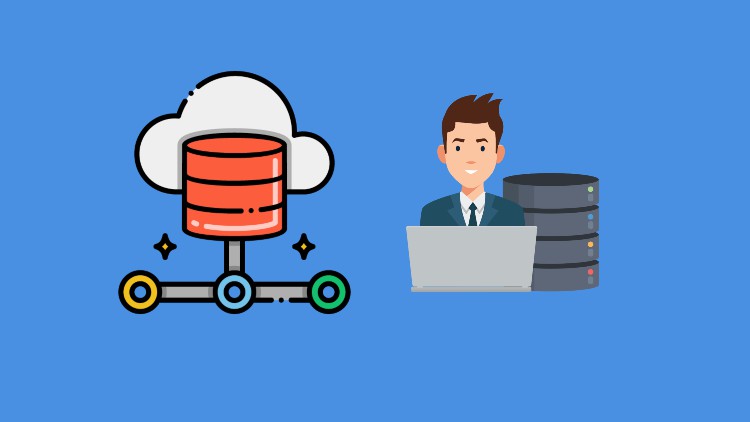
Migrate SQL Server into Oracle Database and learn about SQL Windows and Analytic Functions
What you will learn
SQL Server Database Server Setup
Oracle Database Server Setup
Migrate SQL Database into Oracle Database
Connect to third party database
Create migration repository
Generate scripts to create target database
Convert capture data model to Oracle
Move data from SQL Server into Oracle
Translate third-party object to Oracle
Analyse data with Analytic functions
Analyse data with windows functions
Description
Data Migration is an important function anyone working with a database should be able to carry out.
There are several tools available to perform database and data migration. In this course we will be using a free powerful tool by Oracle called Oracle SQL Developer to migrate a third party database from Microsoft SQL Server into Oracle.
Database migration involves several steps specified below:
Setting up a Migration Repository : The Migrations Repository is a database schema that stores the meta_data collected and transformed in the migration process.
Configuring the Third Party Database Connection : You need to configure a database connection for the database which you would like to migrate. There are two steps to this process:Download JDBC driver and Connecting to Third
Party Database.
Capturing Source Database :This step is used to capture a snapshot of the current state of your third-party database and is necessary to provide SQL Developer with a “point in time” view of your database. Once this step is complete, the Migration wizard works on the meta-data stored in its repository, instead of issuing queries against your live database.
Convert Captured Model to Oracle : The next step in the migration process is to convert the captured model of the database to an Oracle-specific model.
Translate Third Party SQL Objects to Oracle :The next step in the migration process is to translate the T-SQL objects – constraints, functions, procedures, triggers, views – to Oracle SQL objects.
Generating Scripts to Create Target Database :Once the conversion process has completed, SQL Developer has a model of what the converted database will look like. This is used to generate SQL scripts for the creation of the new Oracle Database schema(s) and to run these scripts.
Move Data from Third Party Database to Oracle :The last step in the Migration Wizard is to move the data to the new database. Migrating the data is a process that copies the data from the third-party database to the new tables
in the Oracle database. The Migration Wizard uses the same Oracle database connection required to run the scripts as it does to move the data.